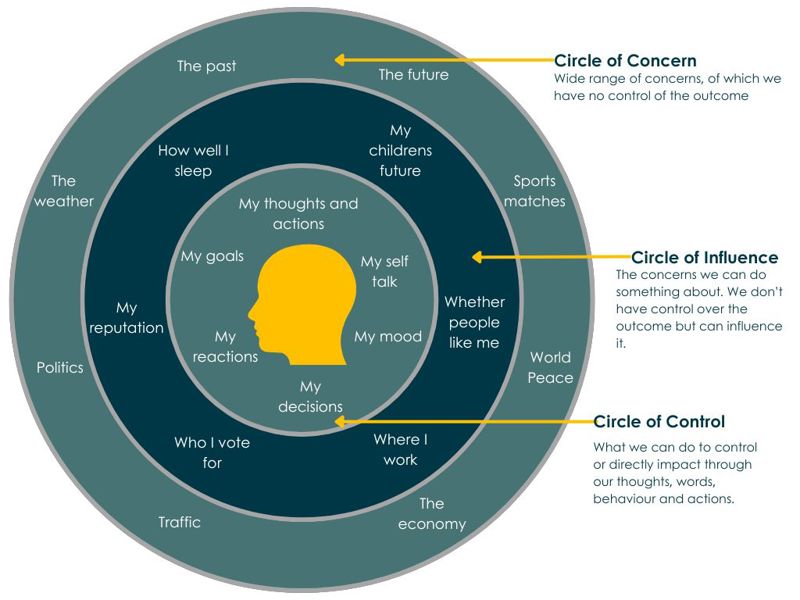In this latest part of our series of leadership advice from Sewells, headed by chairman Dr Will Holden, this time its managing director Gail Harrison shares advice to reduce complexity when leading teams, and break down massive tasks into focused, achievable wins.
Complexity can overwhelm us. And in today’s environment complexity and variables seem to be all around us. You can’t even go into a café and order a coffee without being given a trillion options.
- And the variables which contribute to complexity come in many different forms, including:-
- Sheer volume – the number of things we are managing, or the overload of information we are dealing with.
- Characteristics – the level of complexity we are dealing with, or the risk factors attached to each element
- Relationships – Who else is involved, and who else are we dependent on to deliver? Where do your priorities sit in their priorities?
- Speed – timescales/urgency of the number of things you are managing.
What one person considers complex, another might consider standard, and we all have different levels of complexity tolerance.
I like the concept which compares complexity to each of us being a skilled juggler. What we sometimes fail to recognise is that even the most skilled juggler will reach the tipping point, when one too many balls get added and the whole lot collapses as we veer into overwhelm.
Whether we lead and manage others, or lead and manage things (processes, projects, inventory) it’s useful to recognise our own level of complexity tolerance.
So how can we better manage complexity?
Over the years I’ve learned that as human beings, we typically want a level of certainty. When we keep on being thrown new balls to juggle, depending on the ball, it can send us into fight, flight or freeze mode.
The pace of change has changed massively in the past few decades, and the amount and complexity of “stuff” that gets thrown at us these days is very different than it was 30-40 years ago.
Recognising that means finding ways to focus on what counts.
 Whilst we can’t tell you what your own complexity tolerance levels are, we can share some tips on how to manage complexity
Whilst we can’t tell you what your own complexity tolerance levels are, we can share some tips on how to manage complexity
1) Be outcomes focussed.
Be clear about what you are trying to achieve and why. This helps you focus your attention on what’s important, rather than getting bogged down in the many demands on your time. Your outcomes can be business-focussed, customer-focussed, or process-focussed but make sure they are clear.
2) Be ruthless and cut through the crap.
Are you the best person to be dealing with this? Is this the best use of your time? Where do you add most value? Then create a system to deal with things e.g. Do – Delegate – Defer (for now) - Dump.
3) Eat the elephant one piece at a time.
Consider the Circles of Concern, Influence and Control (see below). Identify what elements fit in each area. This model is brilliant for its simplicity and focus and can really help you take control of the things you can actually do something about and tackle those one by one rather than getting overwhelmed by the things you can’t change.
 4) Ditch doing things as they’ve always been done.
4) Ditch doing things as they’ve always been done.
It doesn’t matter if you’ve always looked after a certain project or process. If it's not working or if you aren’t the right person to do it, identify where else it could sit and change things. Consider whether the thing you never get around to focusing on could be an opportunity for growth and development for someone else.
5) Create a learning culture where the focus is on flexibility, improvisation, creativity and failing fast then moving on.
This creates an environment where team members will take things on and have a go, where they will be comfortable stepping outside their comfort zone without fear of negative consequences if things don’t quite go to plan. When we learn from our mistakes, we grow in confidence and competence.
6) Grow more and better relationships rather than simply relying on yourself all the time.
Share leadership with others in the business. So often you uncover hidden talents. Recognise that you can’t possibly know and do everything, so consider who can support you and how, and then be creative in how you facilitate this.
7) If others are providing you with too much information or detail, set expectations and be clear about what you want and need to help you.
The chances are they are providing a plethora of data because they think you need it… sometimes a conversation goes a long way to clarifying what both parties need, with benefits on both sides.
Complexity is something we all need to manage and these seven tips may help you get clearer about where to focus.

Author: Gail Harrison, managing director, Sewells





















Login to comment
Comments
No comments have been made yet.